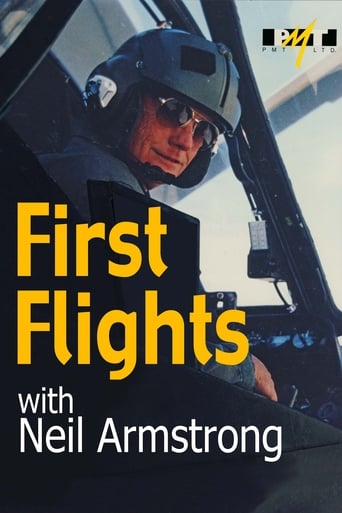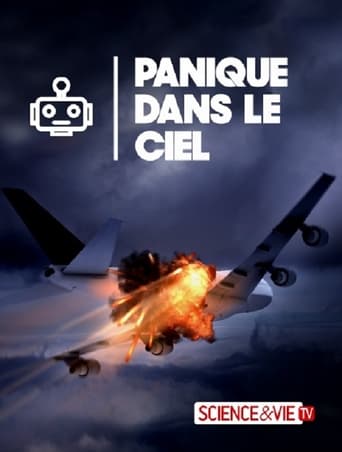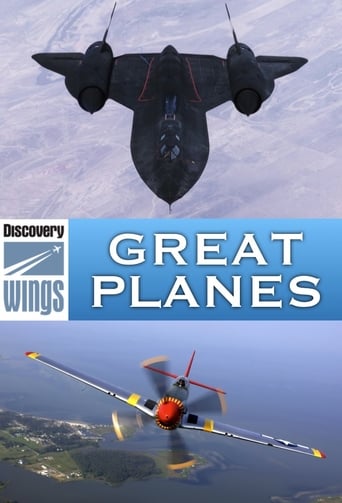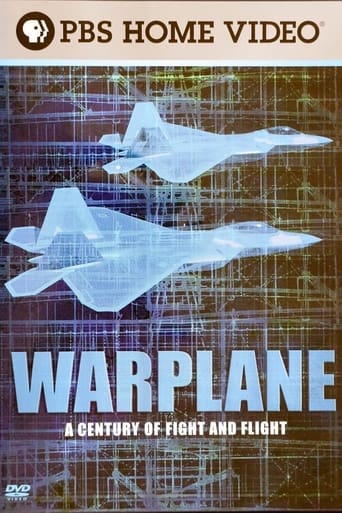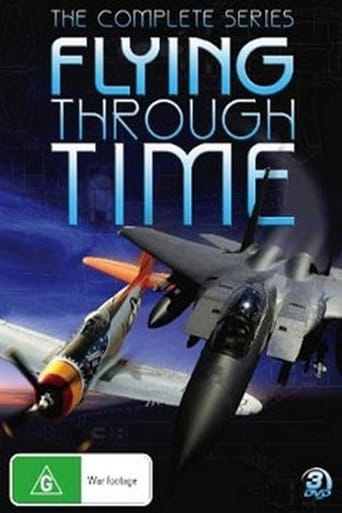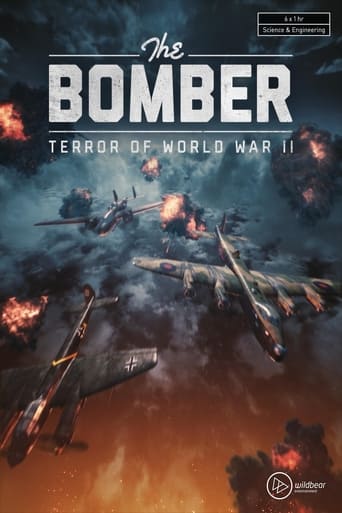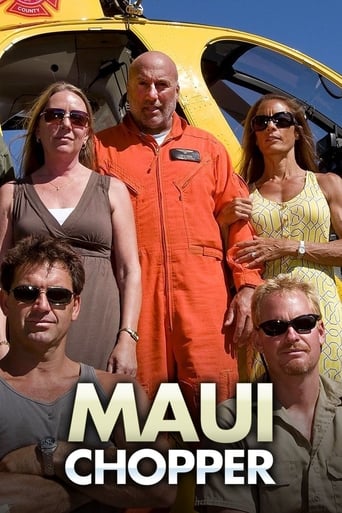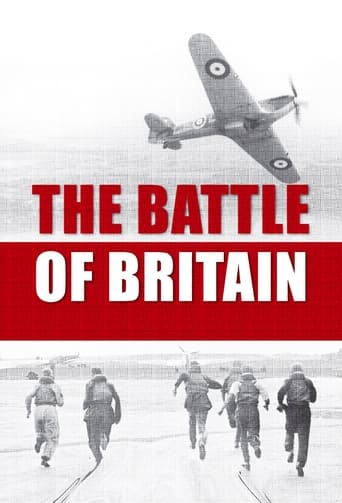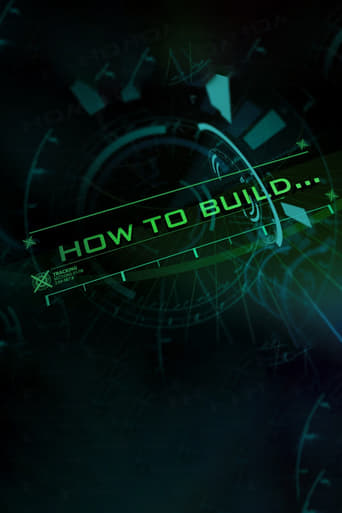First Flights with Neil Armstrong Season 2
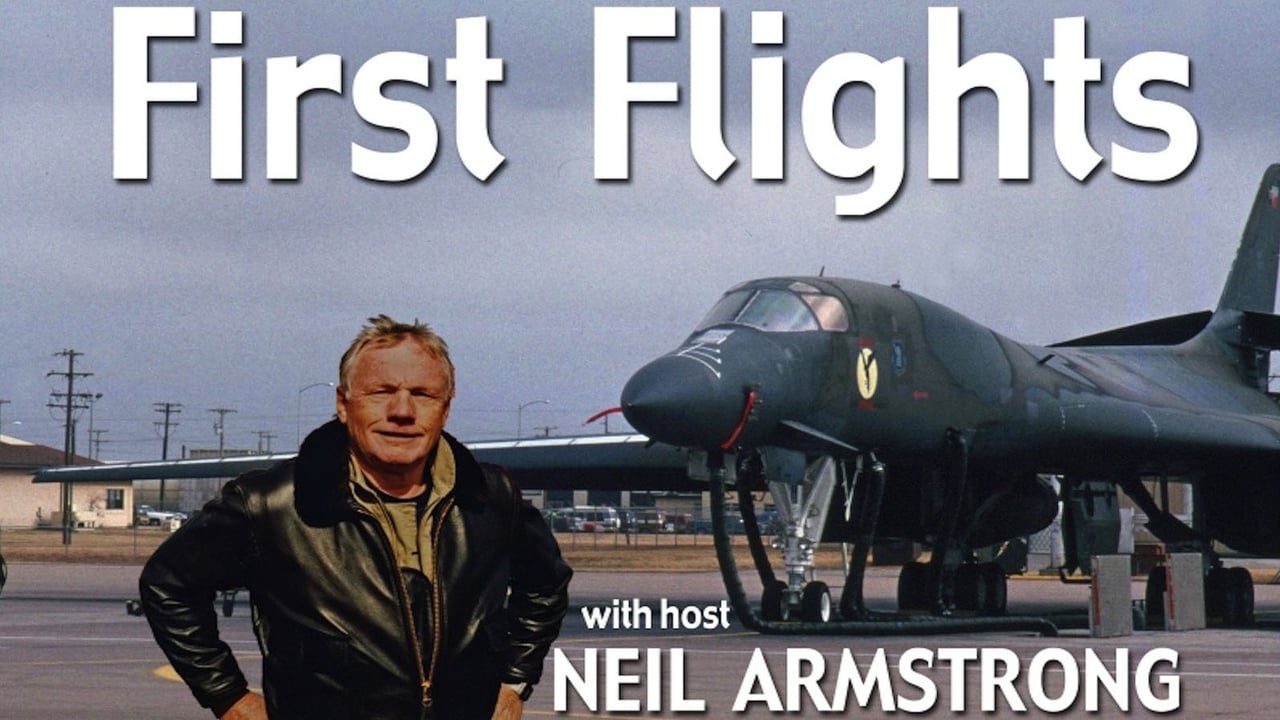
NASA Apollo astronaut Neil Armstrong adds to his long list of space flight & aviation accomplishments as he takes the controls of a variety of flying machines. Each episode blends historic footage, interviews, and flying. Armstrong takes you on an exhilarating adventure through time.
Watch NowWith 30 Day Free Trial!
First Flights with Neil Armstrong
1991


Season 2 continues the story of atmospheric flight to the edge of space in the 1990s. Neil Armstrong had previously flown several aircraft featured in Season 2 during his long career as a NASA experimental test pilot in Edwards, CA.
Watch Trailer
With 30 Day Free Trial!
First Flights with Neil Armstrong Season 2 Full Episode Guide
In the 1920s, aircraft designers began searching for ways to incorporate the powerful propulsion of rockets into their flying machines. Efforts to harness and control rocket propulsion resulted in many failures but also some dramatic successes.
Chuck Yeager's X-1 flight through the "sound barrier" set the stage for the U.S. experimental X-program, a systematic exploration of fresh ideas in aviation. Pilots flew at the cutting edge of technology in untried, untested, and unknown aircraft.
From the early days of flight, the military looked behind enemy lines with better and better spy planes. After the top secret U-2 was shot down over Russia, Lockheed developed the SR-71. Flying at Mach 3 near the edge of space, it out flew any missile.
When a fighter or bomber strikes ground forces, it is acting as an attack aircraft. Many fighters can play this role, but recent wars have shown the value of dedicated attack aircraft, designed to hit hard and survive extensive battle damage.
The helicopter took on an offensive role for the Vietnam War. Bristling with cannons, rockets and guided missiles, created the gunships. Now the American Apache and Russian Hind are equipped with infrared night vision and lethal anti-tank weapons.
In the early 1960's, the U.S. Strategic Air Command wanted high-flying supersonic bombers like the B-58 Hustler and the XB-70. But now the newest bombers are sub-sonic: the low-flying, radar-evading B-1B, and the high tech B-2 Stealth bomber.
Flying for sport, business, agriculture or photo survey, a fleet of mostly single-engine planes comprises the fastest growing segment of aviation. General aviation is usually not state of the art, but rather clever uses of existing affordable technology.
The U.S. and Russia rivalry developed jet fighters with fantastic speeds and high tech weapons. Computers were unseen co-pilot and some fighters only fired guided missiles. Before long a new generation of highly maneuverable dog-fighting jets was needed.
Development of jet engines and the tensions of the Cold War pushed development of long-range bombers that could fly around the world. While designers grappled with structural challenges, pilots struggled with the complexity of flying gigantic machines.
WW2 aviation advances such as hard runways, large long range aircraft and cabin pressurization set the stage for growing passenger transport after the war. Soon jets slashed travel times and brought unheard of growth in mass transportation.
When jet engines appeared, a whole new set of problems appeared with them. For pilots, the early jets were a nightmare. Trained to fly propeller aircraft, pilots found themselves in need of drastic changes in technique.
The World War II bombers were capable of delivering an arsenal of destruction. Aerial warfare became a team effort that relied on coordination, accuracy and determination with up to 10 men in an aircraft, and sometimes 1,000 airplanes in a formation.
In the 1920's, early auto gyros made breakthroughs in rotating wing design, and by the 1930's military interest propelled helicopter development. Advances in controls, and the availability of lightweight turbine engines finally made a practical helicopter.
Free Trial Channels
Seasons
























